How Esports Went from a Niche Hobby to a Billion-Dollar Powerhouse
Not too long ago, esports was just a handful of gamers huddled around chunky monitors, battling for bragging rights and maybe a free pizza. Now, it’s a global spectacle with packed arenas and sponsorships from some of the world’s biggest brands. What turned competitive gaming into a billion-dollar industry? Let’s find out.
The Dawn of Competitive Gaming: Stanford’s 1972 ‘Spacewar!’ Tournament
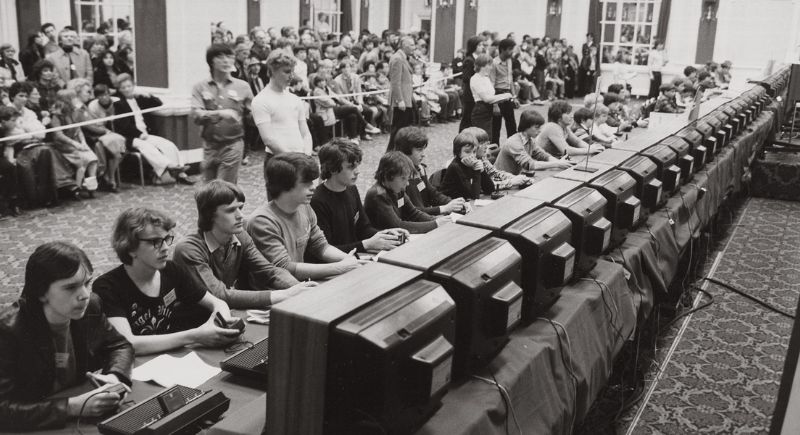
Credit: Reddit
Esports started as a simple campus event. In 1972, Stanford University students gathered for the first-ever video game competition, playing “Spacewar!” The grand prize was a Rolling Stone subscription. Competitive gaming was officially born, even if no one at the time realized they were witnessing the start of something huge.
Arcade Culture Sparks Early Competitions
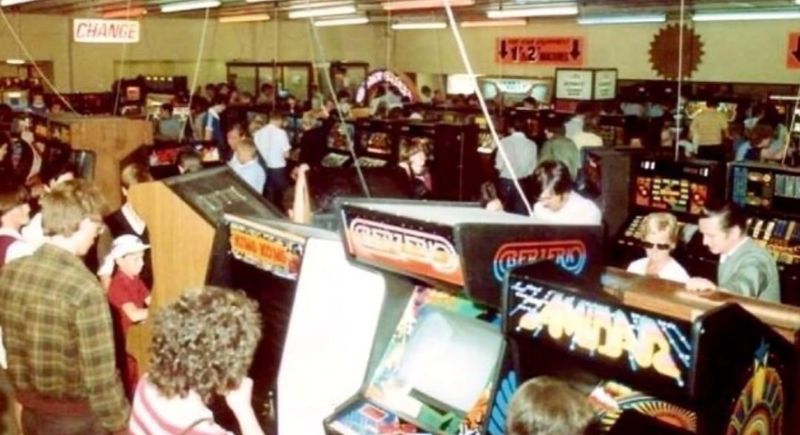
Credit: Reddit
The 1980s were a golden era for gaming. Arcades served as the battlegrounds, and gaming culture was all about machines and people gathering. “Pac-Man,” “Donkey Kong,” and “Street Fighter” turned players into local legends. Players traveled to different arcades to take on the best challengers, and soon, the idea of organized tournaments began forming.
‘Space Invaders’ Championship Draws 10,000 Participants
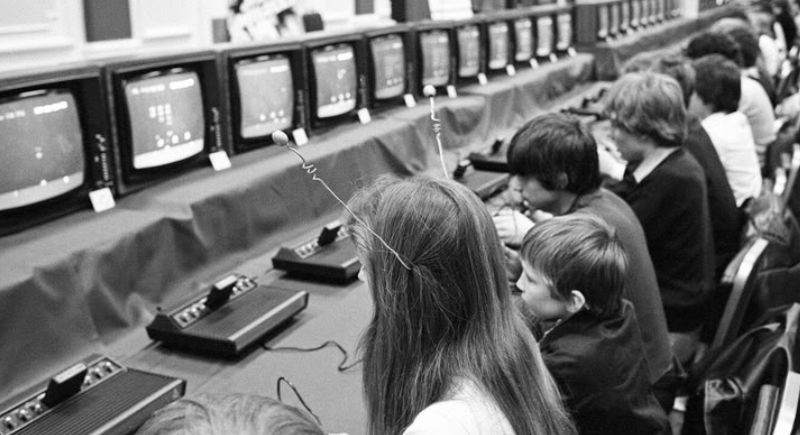
Credit: Facebook
In 1980, Atari took competitive gaming to a new level with the “Space Invaders” Championship. Over 10,000 players entered, and it soon became the largest tournament of its kind. The event turned heads and made people realize that gaming had mass appeal beyond living rooms and arcades.
Twin Galaxies and the Rise of High Score Record-Keeping
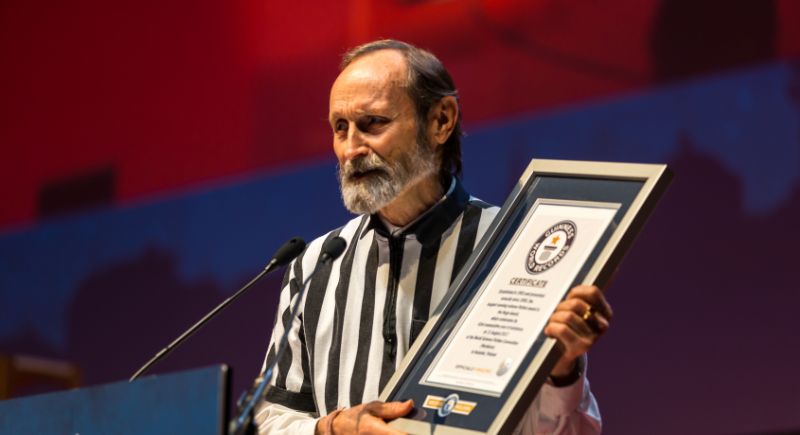
Credit: Wikimedia Commons
One year later, Walter Day founded Twin Galaxies, the official scoreboard for video games. For the first time, there was a way to document and verify high scores, which made gaming more structured and legitimate. Twin Galaxies also led to media coverage, including features in “Guinness World Records” and even appearances on TV shows.
‘Street Fighter II’ Revolutionizes Head-to-Head Competition
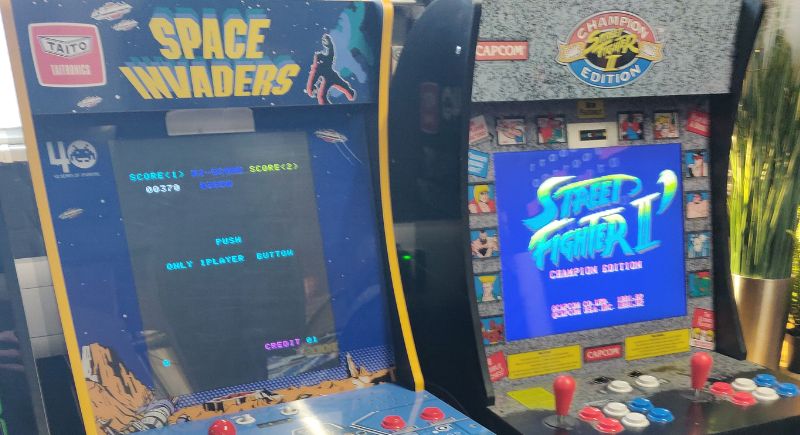
Credit: Wikimedia Commons
Arcade gaming was already competitive, but “Street Fighter II” changed everything in 1991. Unlike previous games that focused on high scores, this was all about direct, one-on-one battles. Strategy, mind games, and skill were crucial. “Street Fighter II” tournaments quickly became a staple in arcades worldwide.
The Birth of Esports Leagues: Cyberathlete Professional League
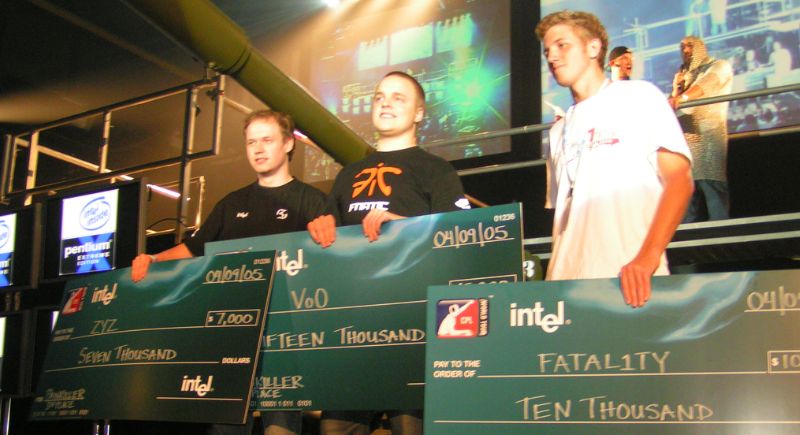
Credit: Wikimedia Commons
The Cyberathlete Professional League (CPL) launched in 1997. It brought structure and legitimacy to competitive gaming. The CPL held tournaments with real prize money, which helped make esports a career possibility for skilled players. Games like “Quake” and “Counter-Strike” set the stage for today’s global tournaments.
South Korea’s PC Bangs Ignite Esports Boom
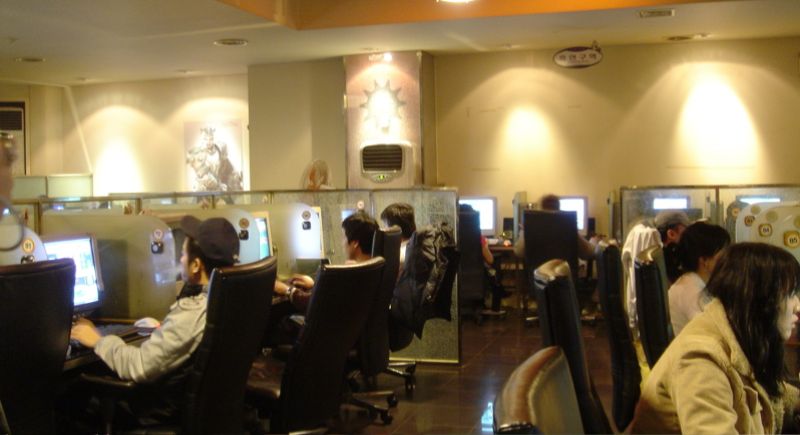
Credit: Wikimedia Commons
In the late ’90s and early 2000s, South Korea embraced gaming like no other country. PC bangs—internet cafes filled with high-performance gaming PCs—were the heart of the esports boom. “StarCraft” was the game of choice, and the competition was intense. Professional teams formed, sponsorships rolled in, and gaming was televised nationwide.
Founding of the Korean e-Sports Association (KeSPA)
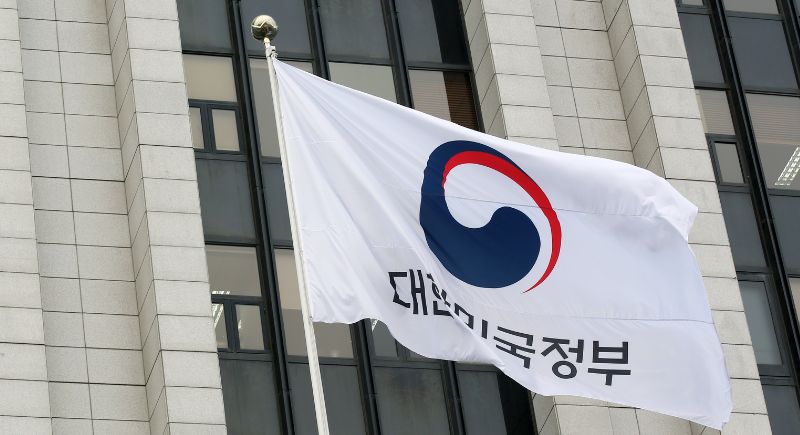
Credit: Wikimedia Commons
South Korea established the Korean e-Sports Association (KeSPA) in 2000 after recognizing its explosive growth. This was a significant moment—gaming now had an official governing body. KeSPA set regulations and organized tournaments. Government support and media coverage also followed. Players gained celebrity status, and esports became a cultural phenomenon.
Major League Gaming Brings Esports to North America
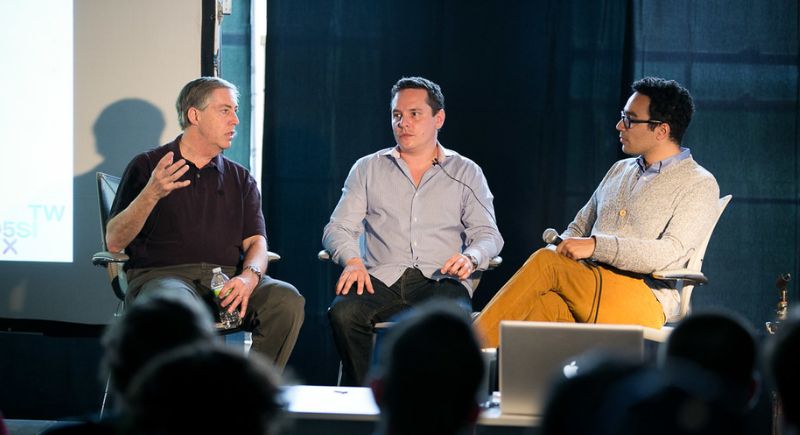
Credit: flickr
While South Korea was leading the way, North America was catching up. In 2002, Major League Gaming (MLG) launched. It focused on console and PC games and hosted tournaments for “Halo,” “Call of Duty,” and “Super Smash Bros.” The league introduced live events and sponsorships that made esports feel more like mainstream sports.
Twitch Launches
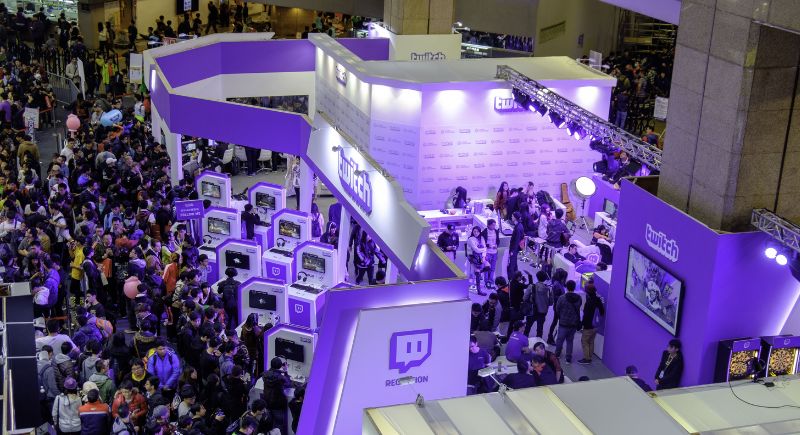
Credit: Wikimedia Commons
Twitch’s arrival in 2011 changed everything. Esports fans no longer had to rely on cable TV or obscure websites; now, they had a dedicated streaming platform. Gamers could watch their favorite players and tournaments in real-time. Twitch gave rise to gaming celebrities, influencers, and full-time streamers.
‘League of Legends’ World Championship
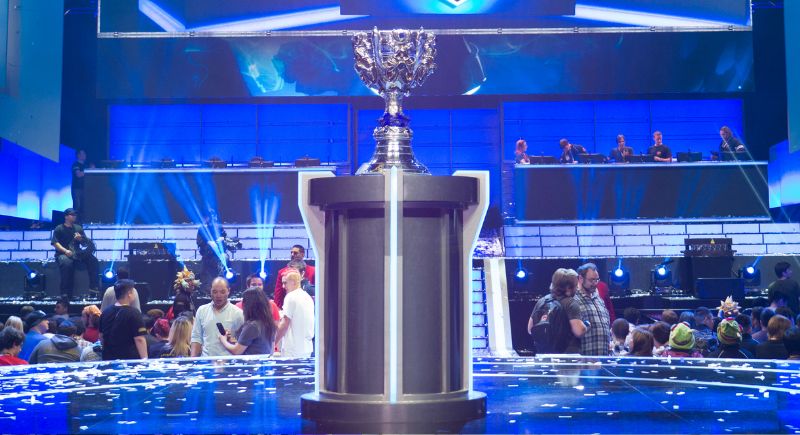
Credit: Wikimedia Commons
The “League of Legends” World Championship in 2013 broke records with over 32 million viewers. It was held in massive arenas and rivaled traditional sports in production value and audience size. The prize pools were in millions.
Esports Included as a Demonstration Sport in the 2018 Asian Games
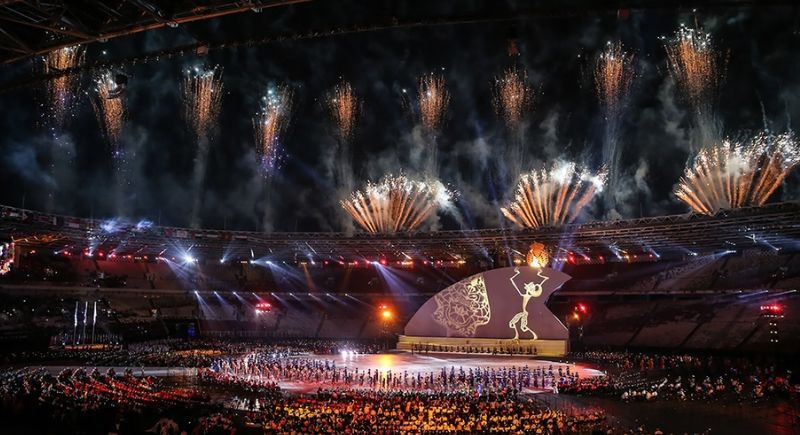
Credit: Wikimedia Commons
The 2018 Asian Games featured esports as a demonstration sport. Medals weren’t officially awarded, but this signified recognition on a major international stage. Esports was no longer just a form of entertainment—it was being acknowledged alongside traditional athletic competitions.
Universities Offer Esports Scholarships
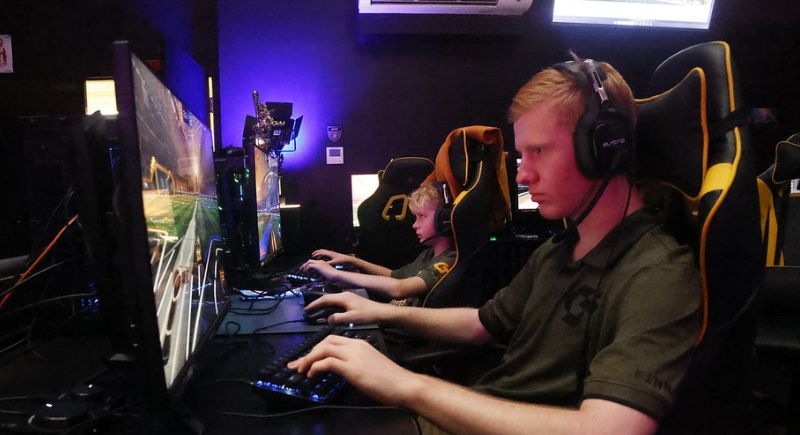
Credit: flickr
Video games used to be a pastime that parents worried would distract students from school. Now, they’re paying for it. Colleges across the United States are awarding esports scholarships to give talented gamers a shot at a degree while competing in organized tournaments, just like traditional athletic programs.
Esports Recognized as a Medal Event in the 2022 Asian Games
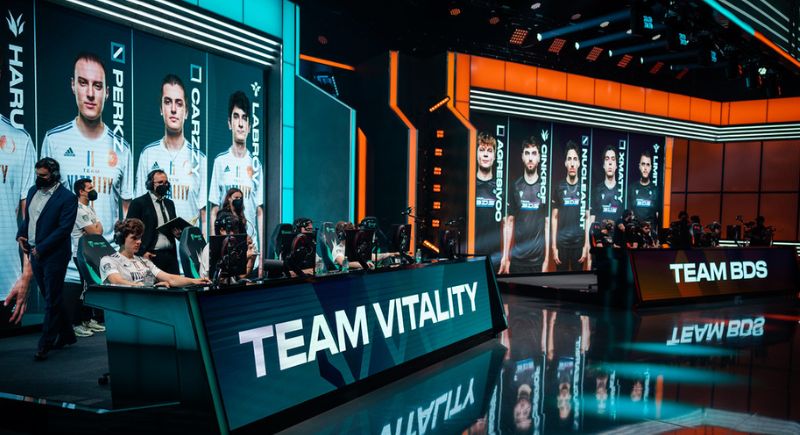
Credit: flickr
The Asian Games—a prestigious multi-sport event second only to the Olympics—added esports as an official medal event in 2022. Competitors battled in games like “League of Legends,” “Dota 2,” and “Street Fighter V.” The inclusion was a game-changer that put digital competition on the global stage with the same prestige as swimming or track and field.
Esports Revenues Surpass $1 Billion
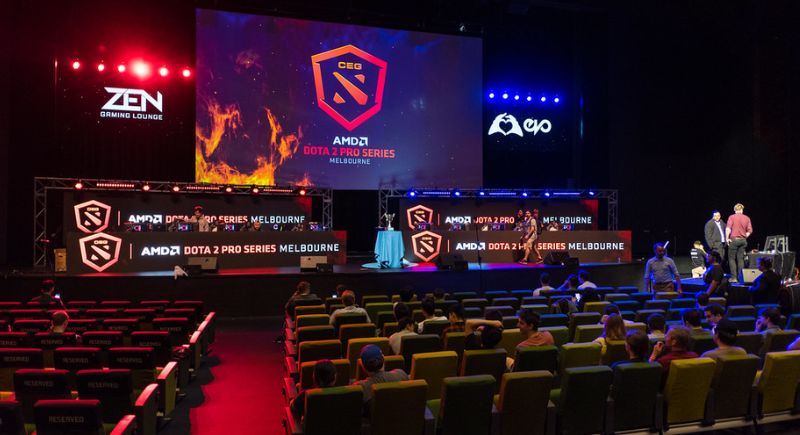
Credit: flickr
What started as small gaming tournaments in arcades and dorm rooms has exploded into a global industry that pulls in over $1 billion annually. The days of dismissing esports as “just playing video games” are long gone.